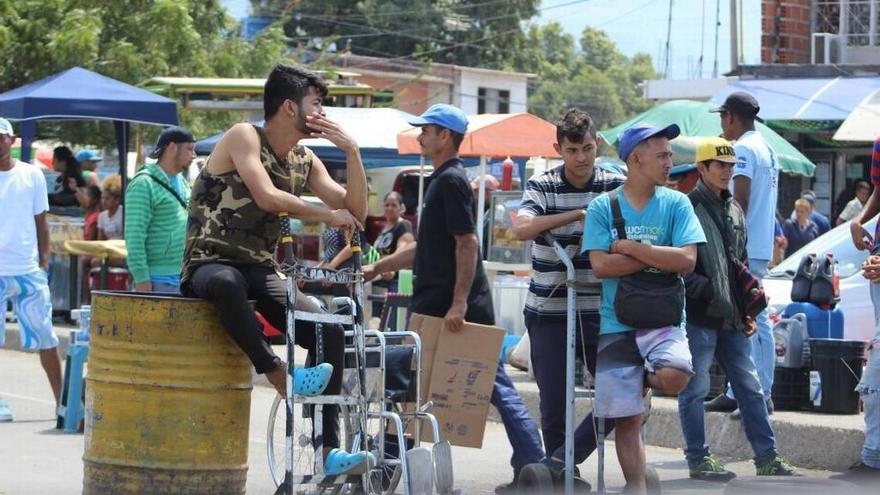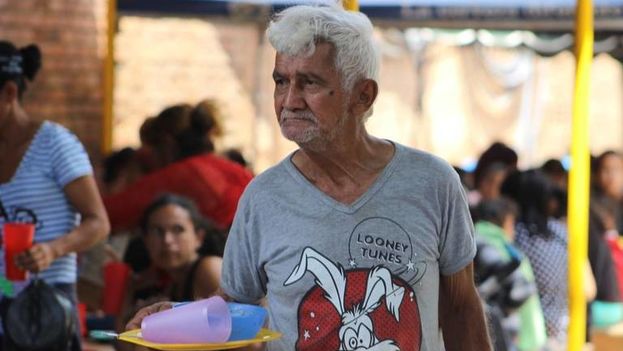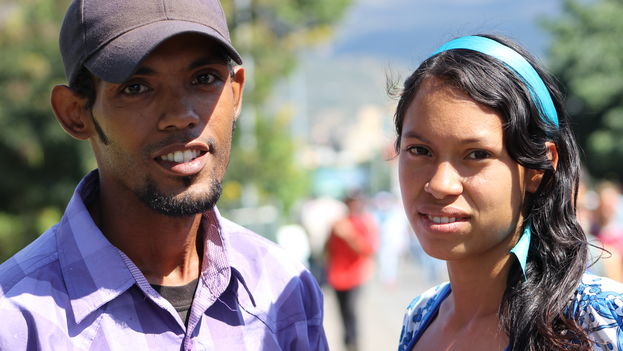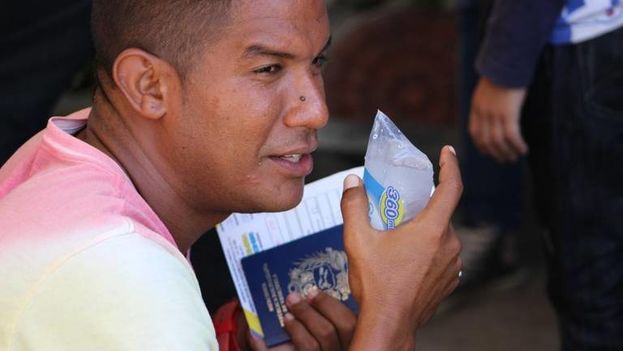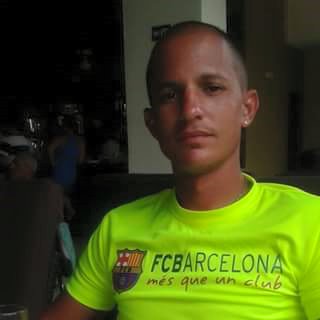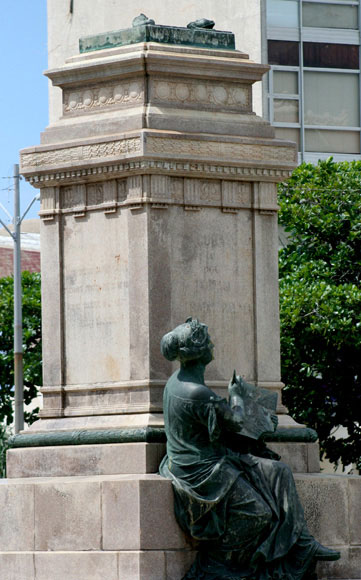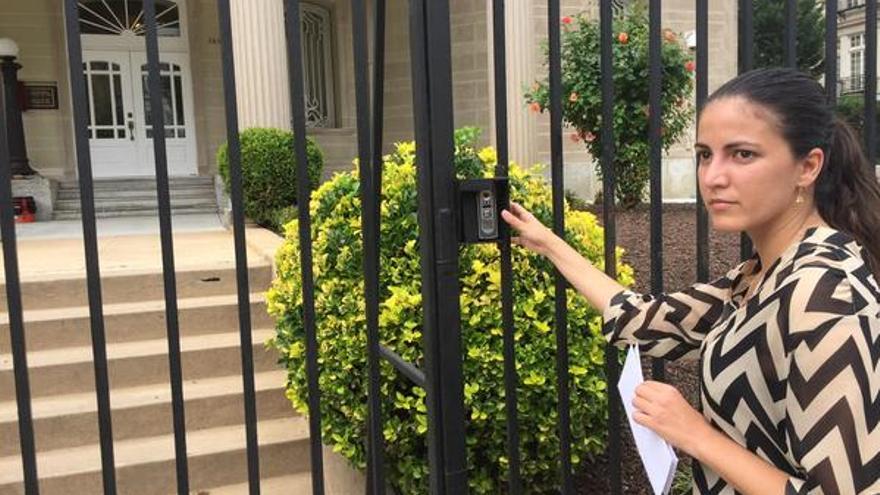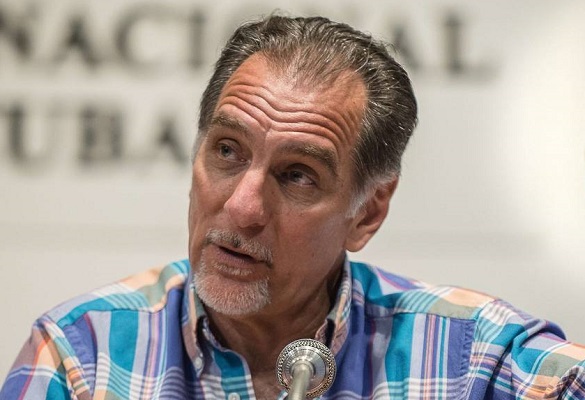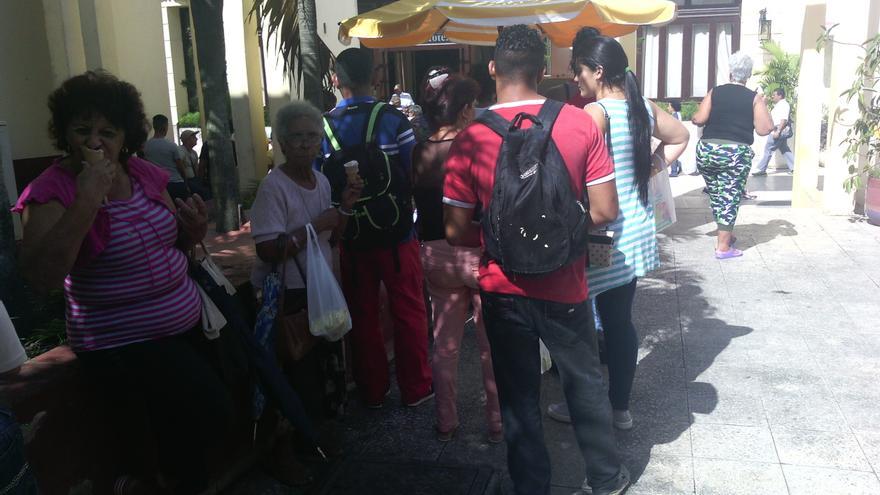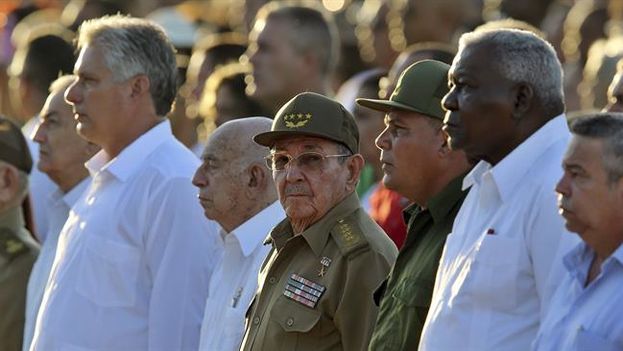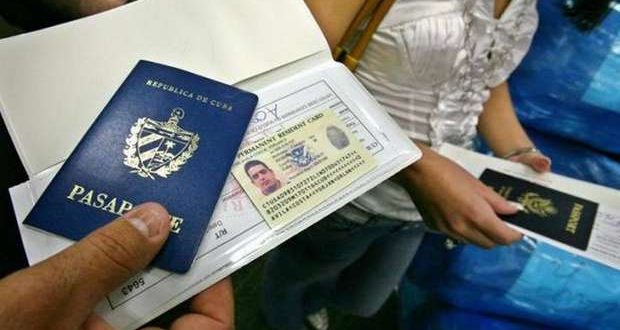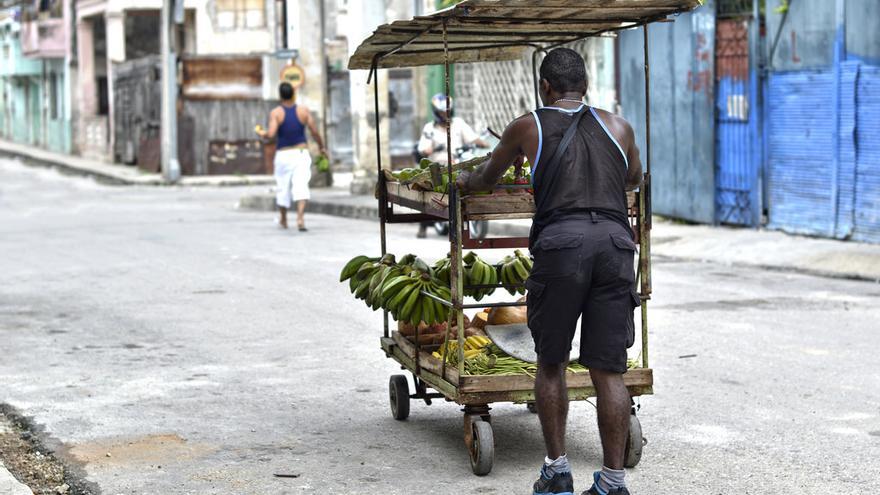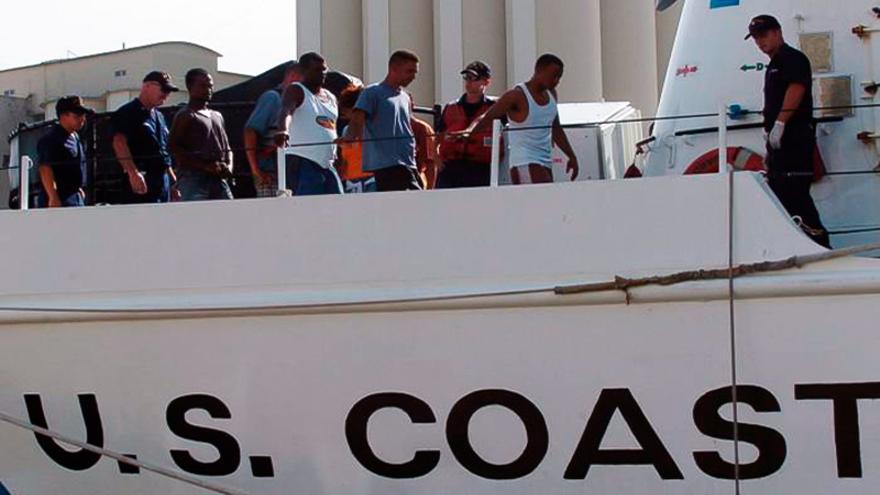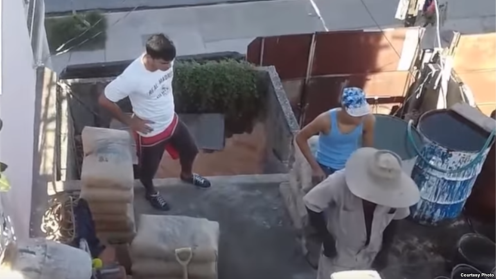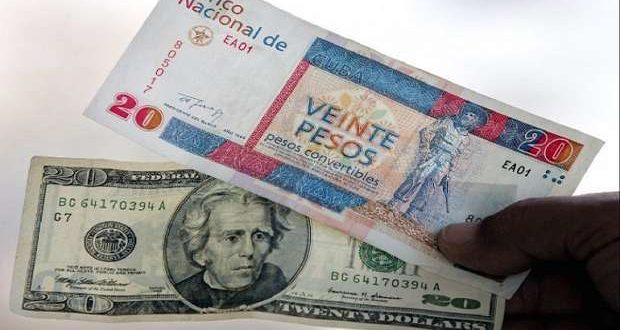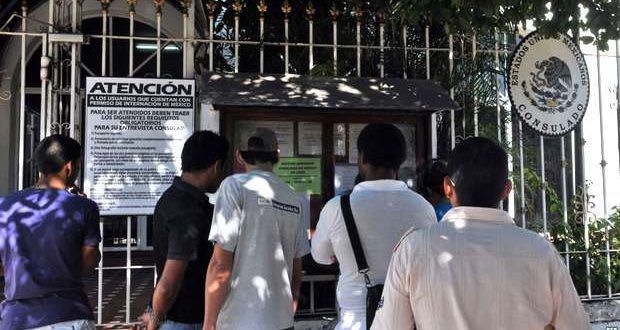
Iván García, 8 February 2018 — It was Sofia’s fifteenth birthday. Between her parents and relatives living abroad, they saved $3,700, enough to pay for a week in a four star hotel in Cancún. After finding out via international media about the brutal violence devastating nearly all the Mexican states, they decided to change their planes and go to Punta Cana, in the Dominican Republic.
“But the Dominican Embassy requires a guarantee from a resident in the country if you want to go there. And we didn’t know anybody there. We decided to give Mexico a try. What a business! In theory, it is a straightforward process. You make an appointment, which is free, on the embassy website in Havana. You download a pdf form which you can fill in at home or at an internet room. And you should get an appointment for the interview in two or three weeks from the consulate. continue reading
“But, in practice, the site is blocked. We tried at all hours up to early morning. When we went personally to the embassy, they told us that was the only way you could do it. It was then that we realised the web of corruption that had been set up between the Mexican officials and the Cubans in the area,” we were told by Pedro, father of the fifteen year old, who then added:
“People we know, who travel to Mexico as ’drug mules’, told us don’t even try to do it online, and that the surest way is to pay 300 or 350 Cuban convertible pesos (CUC) to someone living near the embassy, who will guarantee you an appointment and a ten year visa. I wasn’t interested in a ten year visa, or working as a mule. I only wanted a visa for a week for my daughter’s fifteenth. We ended up going to Veradero [in Cuba].”
For the last month, I have been looking into this matter, which doesn’t just affect the Mexican embassy. Some people interviewed have said that the Panama diplomats charge under the counter bribes to Cubans who want to do illegal things.
“You pay $300 or $400. They like foreign currency, although they also accept convertible pesos. If you pay, you almost certainly will get your visa for ten years, which is fabulous for those of us who are up to this kind of ’business’, as it guarantees you enough time to be a ’mule’. You get back the cost of the bribe on the first or second trip. These kind of bribes are normal in Central America (except Costa Rica), but most of all in Mexico, where corruption is a way of life,” says Alberto, who has been earning his living moving illegal stuff around for the last seven years.
According to the news agencies, in 2016 Cubans spent more than $100 million buying things in Colón, which is a city situated at the entry to the Panama Canal.
But let’s go back to the Mexican Embassy, at 518, Northwest 12th Street and the corner of 7th Avenue, in Havana’s pleasant Miramar area in the west of the capital. An elegantly-dressed lady who says she has worked in a Cuban Ministry, thinks that “it’s a good transaction for both parties: as well as getting you your appointment at the consulate, I can guarantee you a visa for ten years. Do you know how much money they charge you for that type of visa? Seems to me that 300 CUC is cheap.”
When I ask her how much money I need to pay the consular official, she smiles before answering. “Listen honey, are you a journalist, or a policeman?” What you want is a visa. And I am the person who can help you get it.”
A source told me that at least two Mexican officials receive money for illegal activities. “In the embassy surrounds there have been scuffles between people having to wait their turn, but the police deal with it swiftly. There are people who have been swindled and there was a case of a man who complained to the G-2 [Cuban State Security]. But nothing happens to these people. They have diplomatic immunity. The worst that can happen is they are kicked off the island.”
Several times I called the Mexican Embassy on the phone to get their comments. Not one official replied.
Generally speaking, the embassies of first world countries in Cuba don’t have these problems. The government has tried to point fingers at corrupt US officials, but has never been able to show any evidence.
Someone who is friendly with Latino diplomats tells us “The US Embassy runs like an atomic clock. With the Americans, there is no sex. They are incorruptible. Even the ones who pay accounts for $20 have to get them authorised by the government. All the to-do with appointments and visas is dealt with by the embassies and consulates of the Latin American countries, the ones who tell us publicly they are our brothers, but in practice put a thousand and one obstacles in the way to stop Cubans going to their countries. But the Mexican officials are the most corrupt.”
On this site, dozens of people, giving their names and last names, have left comments about the allegedly corrupt arrangements. That’s what Yirina Delgado did: “I know that you don’t care about my opinion here, because lots of people complain and don’t see any improvements, or even get a reply from the embassy. You are jerking people off who want to get a visa. The web page works up to the moment when you are due to get it, and then it is blocked … stop playing around with people and defrauding them.”
As far as she is concerned, says Elizabeth Gutiérrez, “It’s a lack of respect … I can’t get an appointment. They do that so that later they can sell you one on the side.” Others complain they have been ripped off.
Yolanda, who is a housewife, goes to Mexico every year, where her children and grandchildren are. She makes it clear that the corruption in the Mexican Embassy in Cuba “is nothing new in a country where there is systemic corruption and the most corrupt are the politicians and the police. Once I heard about a mayor who applied for a position, who said publicly, “I have stolen, but not very much.”
Cubans who work as “mules” are ready to pay 300 CUC under the table to get a 10 year visa to Mexico. But, for Sofía, the fifteen year old girl, her parents decided not to go to Cancún, because they do not accept the corrupt procedures.
Translated by GH


